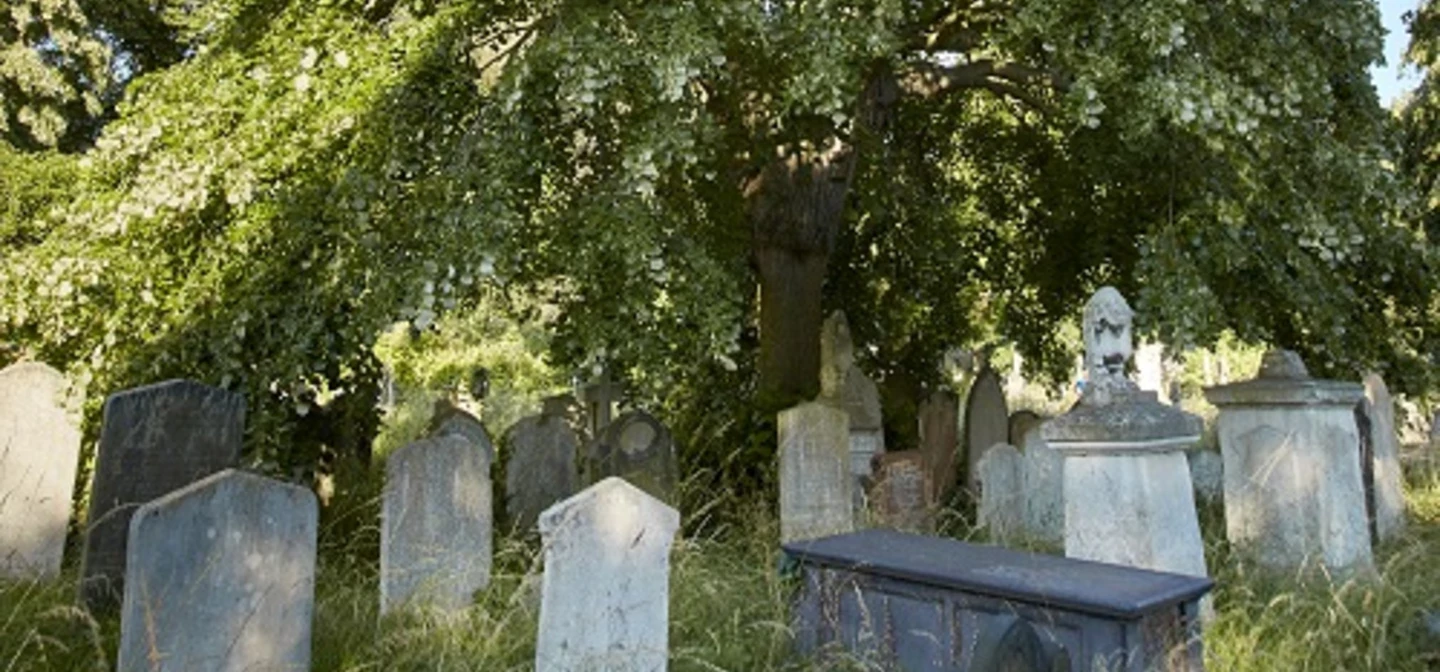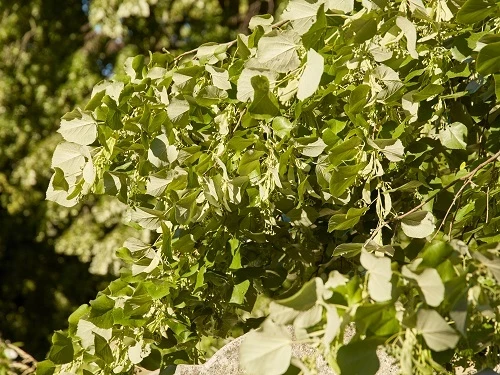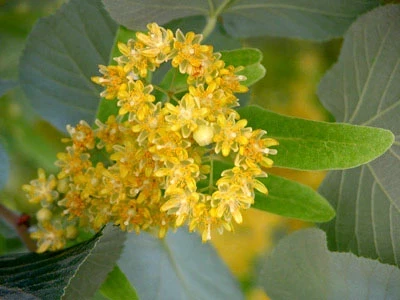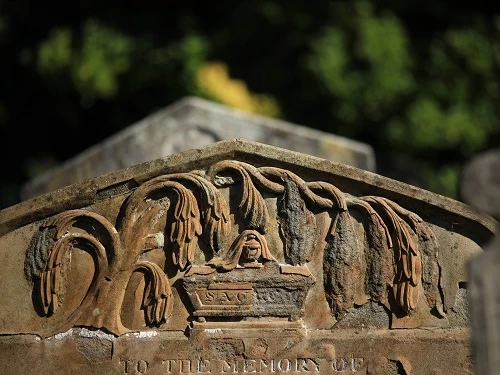
Weeping silver lime
The Victorians planted weeping trees to represent sorrow and mourning.
The name
This tree lives up to its name, with branches that seem to droop sorrowfully, and leaves that are a silvery-grey on the back.
Its silver leaves may also be significant for another reason. We think this handsome tree may have been planted in the cemetery to mark Queen Victoria’s silver jubilee in 1862. However, the queen was in deep mourning after the death of Prince Albert, so she did not officially celebrate her 25 years on the throne.

Scented flowers
The weeping lime (Tilia tomentosa ‘petiolaris’) produces sprays of highly scented pale yellow flowers in July, which bees find irresistible. Unfortunately, the bees can’t digest the nectar, and it leaves some of them dozy or even unconscious!


‘Weeping’ varieties of trees, like the lime and ash, symbolised mourning and loss for the Victorians, and are often found in cemeteries. They also planted evergreen species, like cedars, pines and holly, to represent eternal life.